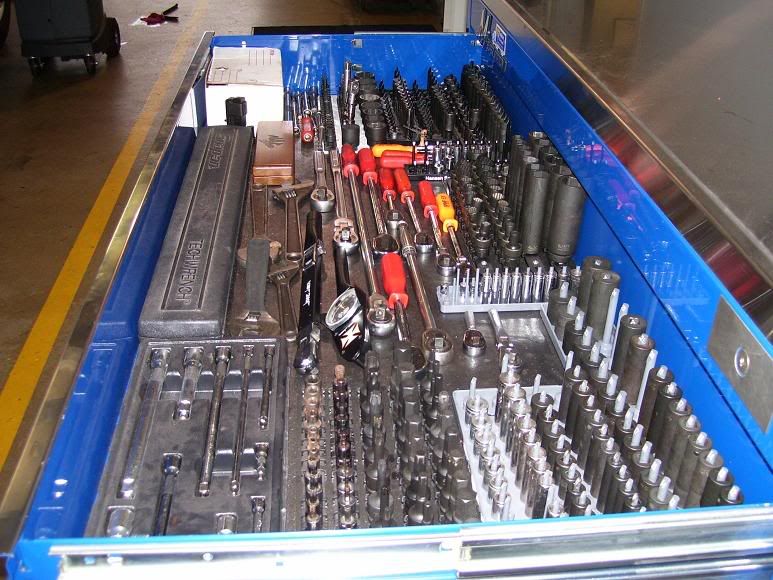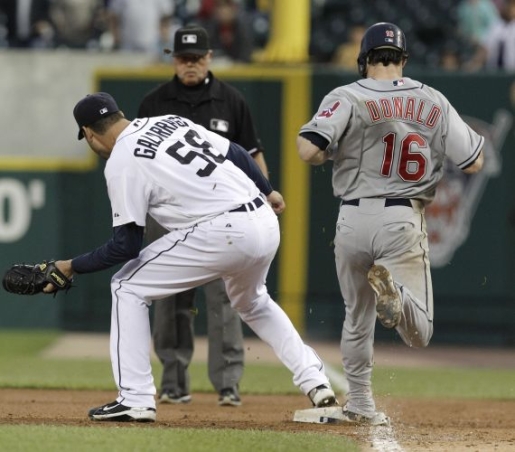 |
| Willis is talkin' bout eating... A LOT! |
Hormones are what dictate what our body does. Hormones regulate our body temperature, our metabolism, our balding patterns, and our sleep/wake cycles. Hormones do everything in our body. They are basically the central control system. Whenever we do something, hormones are released.
From a fitness standpoint, this has HUGE implications! When we workout and lift heavy, our body releases growth hormone (GH), testosterone, insulin-like growth factors (IGF's), cortisol and catecholamines. These are all necessary for increasing muscle mass, especially in high school aged athletes. These hormones serve to prime the muscle for growth and repair to allow the muscle to perform beyond what it was previously capable of.
But in order for the body to build muscle, there has to be material to build it with. Also because this is a prime time to build we really want to cram the muscle cells with plenty of fuel.
The "gate keeper" that regulates fuel delivery to the cells is insulin. Without insulin, there won't be much fuel deliver to the muscles. So after each workout, all athletes need to eat food that A)stimulates insulin release and B) gives us material to build with.
The foods that satisfy requirement A are simple carbohydrates. Now normally I recommend that athletes stay away from simple carbohydrates outside of a post-workout period. But since we are talking post-workout, i'll allow some simple carbs. Foods that are simple carbs are breads, cereals, bagels, fruit juices, jelly.
 So the carbs give us an insulin release and some fuel to get into the muscle. But we also need protein. The best protein post workout is whey (pronounced WAY) protein. Whey is a fast digesting protein that also has a substantial insulin release with it. But if whey protein just isn't practical, then milk is a good back up plan.
So the carbs give us an insulin release and some fuel to get into the muscle. But we also need protein. The best protein post workout is whey (pronounced WAY) protein. Whey is a fast digesting protein that also has a substantial insulin release with it. But if whey protein just isn't practical, then milk is a good back up plan.But here is where things get really important for muscle building. During exercise, muscle breakdown occurs. The longer you wait after exercise to get some carbs/protein into the body, the more breakdown occurs. Also, the longer you wait the lower the level of muscle building, or anabolic, hormones decreases. The body needs to be fed when these hormones are at high tide!
So there is 3-hour window that carbs/protein must be eaten. After this 3 hour window, the levels of anabolic hormones have decreased to a point that eating a large meal of simple carbs will be stored as fat rather than used to rebuild muscle.
Good post-workout meals are:
- 1 cup of non-fat yogurt + 1 cup of granola
- 1 cup of chocolate milk
- banana/strawberry/ yogurt smoothie
- 1 cup of cereal + 1 cup of milk
- peanut butter + jelly sandwich
- peanut butter + banana sandwich
These are just a few meals that would help to build muscle post-workout.




























